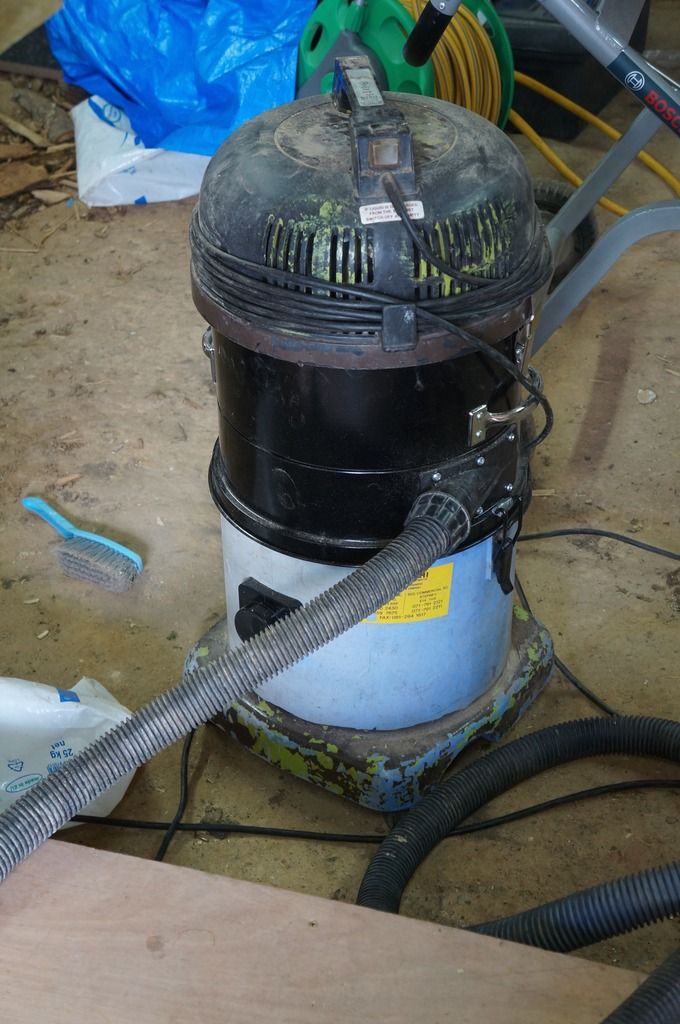I know there are loads of threads on this and loads of youtube videos and all sorts, which is exactly why I am making this thread. Information overload you could say! There just appears to be so many ways and types of dust extraction. So I am hoping someone can advice what would be the best unit for my conditions!
So I am getting into woodworking as a hobby. I currently have a single brick garage where I am doing things. (Hoping to insulate this at some point..)
Power tool wise I do not have alot. Currently I own a sliding mitre saw and some hand power tools such as a electric hand planer, circular saw, orbital sander, sheet sander, jigsaw, drills etc
I am really looking at getting a jointer/planer very soon as after a recent project trying to get some 2m lengths of timber square for a door frame... ugh what a nightmare. I just wish i had a jointer/planer and it would have been done in minutes ! Also looking at table saw, but cost wise this might not be for a while yet!
So as it is right now, my mitre saw is just a pain with dust, and reading up its same for every one of them. So I am probably going to make an enclouser type thing to go behind the saw with dust extraction fitted in there. With this in mind, what would you say would be a good route for dust extraction? Budget wise, I am not made of money, but I am willing to pay a few hundred if its the right setup for me. I am also wanting to be "future proofing" with the dust extraction as I am looking at jointer/planer and table saw soon.
Hope someone can help. Thanks!
So I am getting into woodworking as a hobby. I currently have a single brick garage where I am doing things. (Hoping to insulate this at some point..)
Power tool wise I do not have alot. Currently I own a sliding mitre saw and some hand power tools such as a electric hand planer, circular saw, orbital sander, sheet sander, jigsaw, drills etc
I am really looking at getting a jointer/planer very soon as after a recent project trying to get some 2m lengths of timber square for a door frame... ugh what a nightmare. I just wish i had a jointer/planer and it would have been done in minutes ! Also looking at table saw, but cost wise this might not be for a while yet!
So as it is right now, my mitre saw is just a pain with dust, and reading up its same for every one of them. So I am probably going to make an enclouser type thing to go behind the saw with dust extraction fitted in there. With this in mind, what would you say would be a good route for dust extraction? Budget wise, I am not made of money, but I am willing to pay a few hundred if its the right setup for me. I am also wanting to be "future proofing" with the dust extraction as I am looking at jointer/planer and table saw soon.
Hope someone can help. Thanks!






